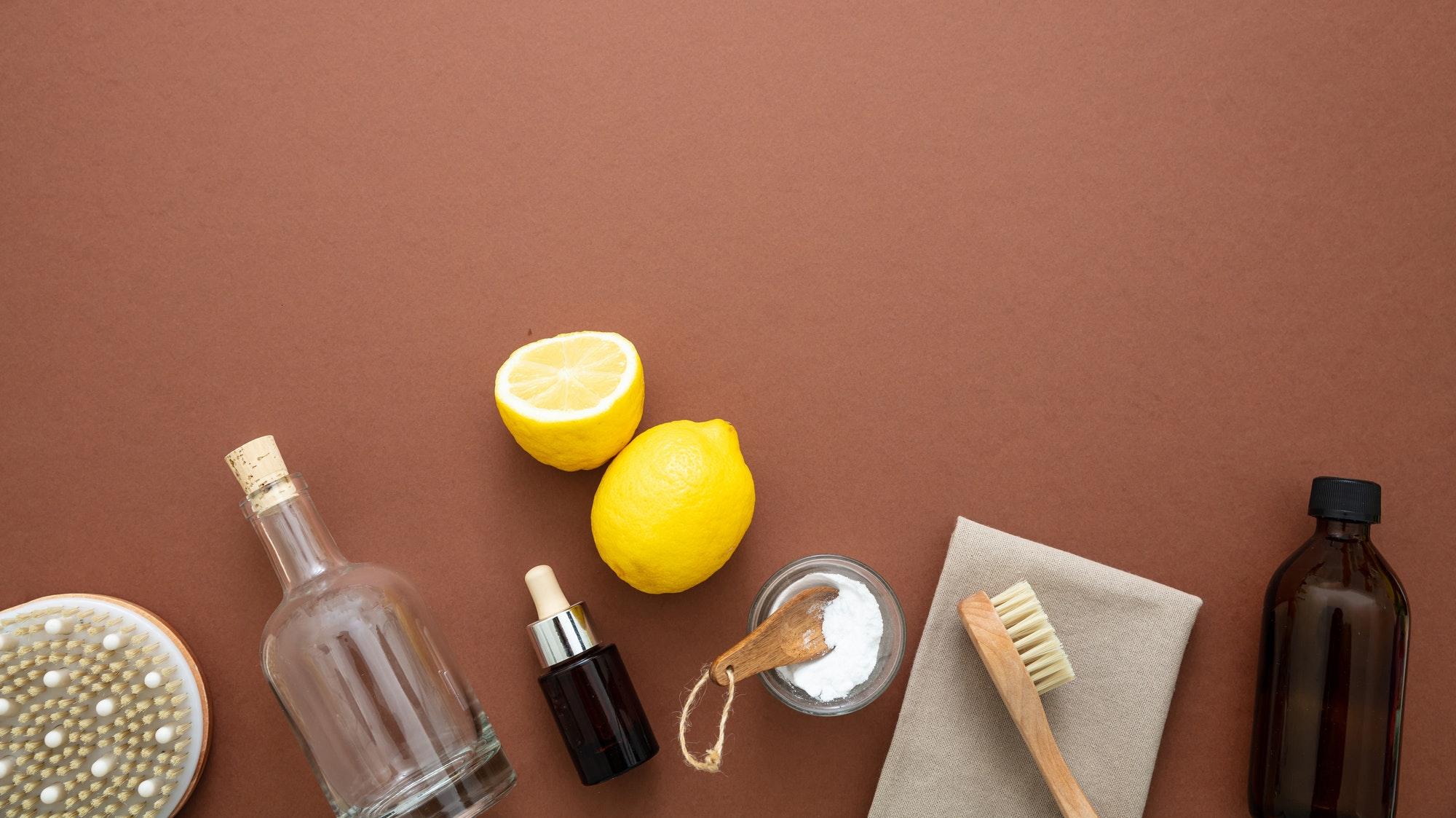
Mental Health, Opinion, Self-Improvement, Society
I make introverts authentic & unstoppable!
Page 1/1

Mental Health, Opinion, Self-Improvement, Society

Mental Health, Opinion, Self-Improvement

Health, Opinion, Self-Improvement